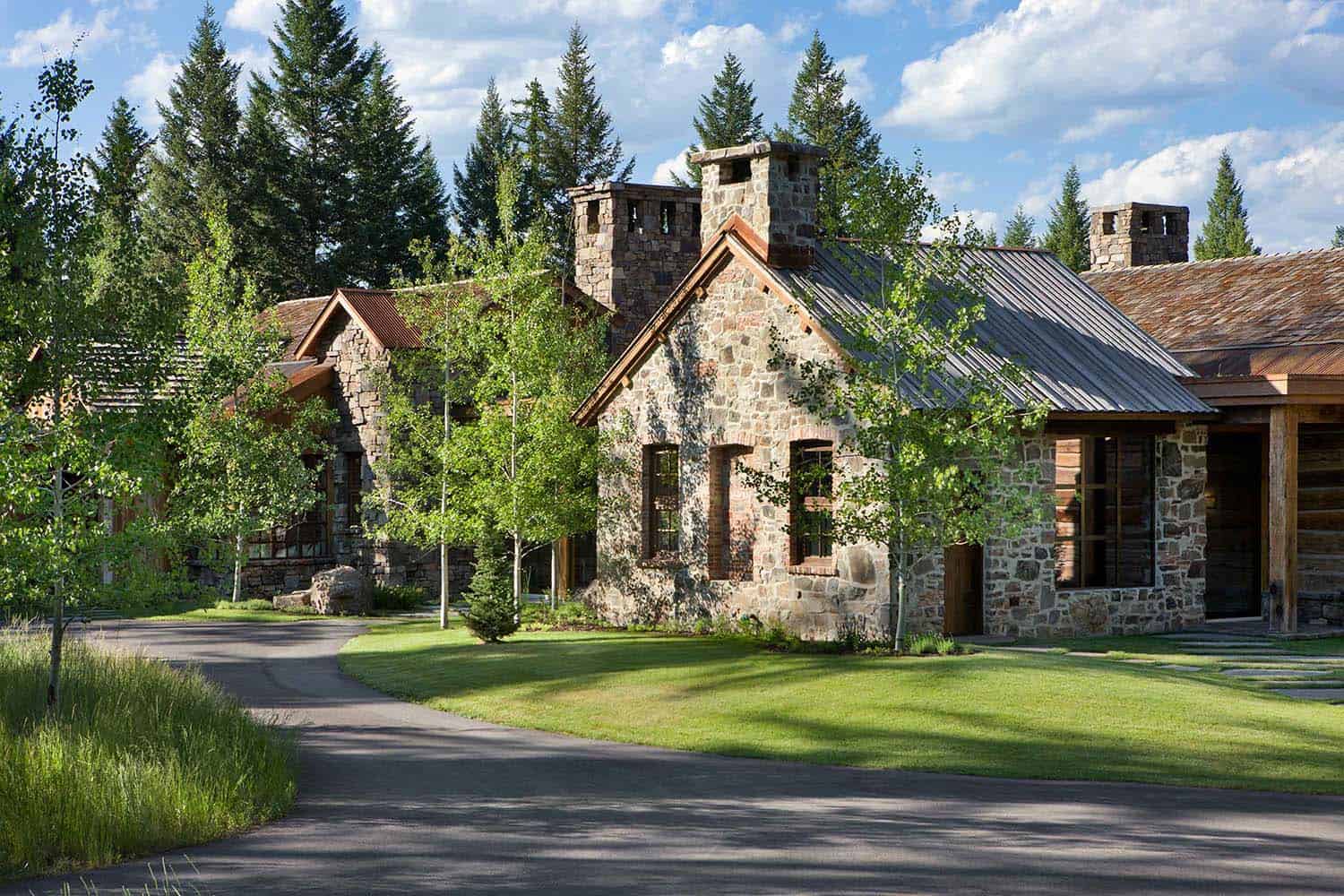Managing weed control on a 15 acre homestead can be a daunting task, but with the right strategies, it becomes manageable and even rewarding. Whether you’re an experienced homesteader or just starting, understanding effective ways to tackle weeds is crucial for maintaining a productive and beautiful land. In this article, we will explore various methods and tips to help you achieve efficient weed management.

Understanding the Importance of Weed Control
Weeds can significantly impact the productivity of your homestead. They compete with crops for nutrients, water, and sunlight, which can lead to reduced yields. Additionally, weeds can harbor pests and diseases, further affecting the health of your plants. Therefore, implementing a robust weed control plan is essential for the success of your homestead management.
Identifying Common Weeds
Before you can effectively control weeds, it’s important to identify the types of weeds present on your homestead. Common weeds such as dandelions, crabgrass, and chickweed can quickly take over if not addressed. By understanding their growth patterns and characteristics, you can tailor your control methods accordingly.
Annual Vs. Perennial Weeds
Weeds are generally categorized into annuals and perennials. Annual weeds complete their life cycle within a year, while perennial weeds can live for several years. Differentiating between these types is crucial in determining the appropriate control techniques.
Preventive Measures for Weed Control
Prevention is often the best defense against weeds. By implementing preventive measures, you can minimize the chances of weeds taking root in the first place.
Mulching Techniques
Mulching is an effective way to suppress weeds while also conserving soil moisture. Applying a layer of organic or inorganic mulch can prevent light from reaching weed seeds, inhibiting their growth. For more detailed mulching strategies, consider visiting our mulching techniques guide.
Crop Rotation
Rotating crops disrupts the life cycle of weeds and can reduce their prevalence over time. By changing the types of crops planted in each area annually, you can prevent weeds from adapting to specific conditions.
Mechanical Weed Control Methods
Mechanical methods involve physically removing weeds or making conditions less favorable for their growth.
Hand Pulling
For small areas or isolated weed patches, hand pulling is a simple and effective method. Ensure you remove the entire root to prevent regrowth.
Tillage
Tillage involves turning the soil to bury weed seeds and disrupt their growth. However, it’s essential to balance tillage with soil health, as excessive tillage can lead to soil erosion.
Chemical Weed Control Options
When mechanical methods are insufficient, chemical herbicides can be used as a last resort. It’s crucial to choose herbicides carefully and follow label instructions to minimize environmental impact.
Selective Herbicides
Selective herbicides target specific weeds while leaving desired plants unharmed. They are ideal for managing weeds in crop areas.
Non-Selective Herbicides
Non-selective herbicides kill all plants they contact and are best used for clearing large areas before planting. Caution is advised, as they can harm beneficial plants as well.
Organic Weed Control Solutions
For those seeking more environmentally friendly options, organic weed control methods are available.
Vinegar and Salt Solutions
Homemade solutions made from vinegar and salt can effectively kill weeds without harming the environment. Spray these solutions directly onto weeds for best results.
Boiling Water
Pouring boiling water over weeds is a simple yet effective method for small areas. The heat kills the weeds upon contact.
Integrated Weed Management
Combining multiple weed control methods often yields the best results. Integrated weed management involves using a combination of preventive, mechanical, chemical, and organic methods tailored to your specific homestead needs.
Monitoring and Adjusting Strategies
Regularly monitor the effectiveness of your weed control methods and adjust strategies as needed. What works one year may need tweaking the next.
Conclusion
Effective weed control on a 15 acre homestead requires a multifaceted approach. By understanding the types of weeds you’re dealing with and implementing a combination of preventive, mechanical, chemical, and organic methods, you can keep your land productive and beautiful. Remember, persistence and adaptation are key in achieving long-term success.

FAQs
What is the best time to control weeds?
The ideal time to control weeds is early in the growing season before they have a chance to establish and spread.
Can I use organic methods for all types of weeds?
While organic methods are effective for many weeds, some stubborn varieties may require a combination of approaches.
How often should I monitor my homestead for weeds?
Regular monitoring, at least once a week during the growing season, helps catch and address weed issues early.
For more advice on homestead living, visit Eartheasy for insightful tips and resources.




